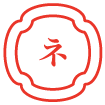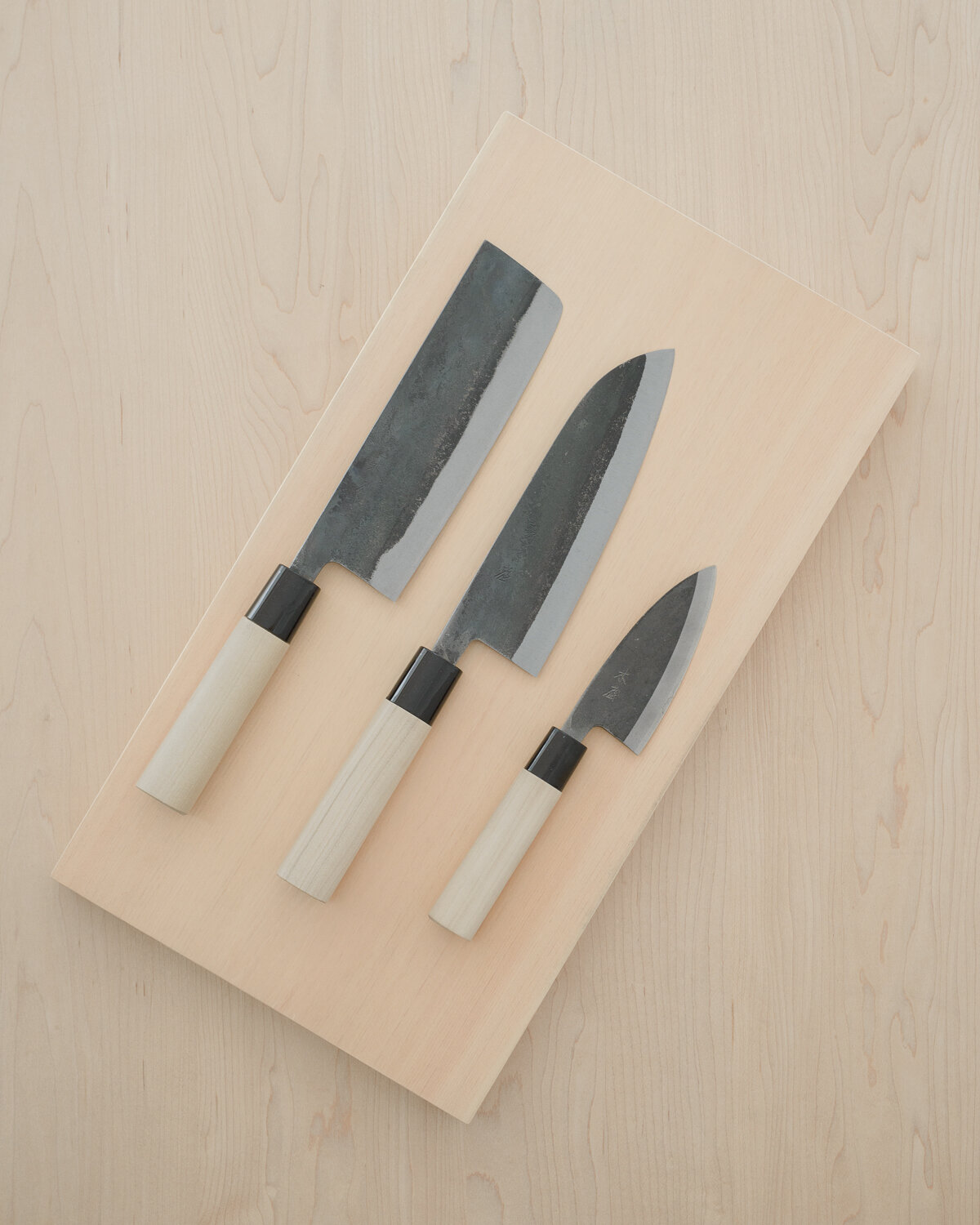Japanese Knives | A Prized Work of Beauty
“ Japanese knives are renowned by world-class culinary masters due to their precision and sharpness, and the development of these tools have been crucial in shaping Japan’s great culinary traditions.”
A Brief History of Japanese Knife
Utagawa Kuniyoshi | The Emperor Go-Toba participating in the forging of a sword
Japanese knives are a prized work of beauty. Encompassing 500 years of crafting history, the production of steel knives is deeply forged in the tradition of another heralded craft: the art of swordsmithing. Historically, the production of kitchen knives extended from the centuries-old art of crafting katana swords, hence why Japan’s master forgers make the finest knives in the world today. Japanese knives are renowned by world-class culinary masters due to their precision and sharpness, and the development of these tools have been crucial in shaping Japan’s great culinary traditions.
The tradition of forging knives is traced back to the Sengoku period (1467-1568 CE) in Osaka. The port city of Sakai served as the manufacturing capital of samurai sword-making since the 13th century, and the city boasts 90% of the production of hand forged artisan knives in the country today. Swords were highly sought after by the samurai class, who cherished the single-edged sword as both a weapon and a symbol of honour.
During the Edo period, strict laws were put into place to regulate the production and ownership of swords. In 1868, the Meiji Restoration saw the banning of swords altogether and with it, the dissolution of the samurai class. This marked a major shift in the production of swords to knives, catalyzing the development of high-quality Japanese steel knives through the refashioning of bladesmithing techniques to cater to domestic needs.
Blade Material of Japanese Knife
Traditional Japanese knives or Wabōcho (和包丁) are hand forged using a type of high carbon steel called hagane. The two classic forging methods that developed were the Honyaki (“true forge”) and Kasumi (“mist”). Kasumi knives are made from forging hagane and jigane (soft iron), which results in a soft-bodied knife that is easier to maintain and sharpen for home use. Honyaki is forged solely from pure high-carbon steel using the same technique for sword-making, thereby making them the highest quality traditional Japanese knives, but one that also requires frequent sharpening and maintenance due to the hard blade.
A traditional Japanese-style blade is comparatively thinner, lighter and harder than a Western-style blade. This results in a lighter yet, durable blade that allows easy handling for point precision - a crucial factor in Japanese cuisine where high emphasis is placed on food presentation. Traditional Japanese knives are also single beveled in comparison to its western counterpart. However, as the ban on red meat was lifted in the Meiji period and western-style knives were introduced to the country, traditional Japanese knives like the Usuba-bōcho were adapted to create the double-beveled equivalent, the Nakkiri knife.
Types of Japanese Knives
Japanese knives come in a wide array of shapes, sizes and types to suit specific uses. While, there are as many as a hundred types of Japanese knives to select from, it is recommended to purchase a knife based on what it will be handled for, how much care will be given to the knife and choosing a quality that best suits your level of skill. Here is an essential guide on the classic types of traditional Japanese knives.
Nakkiri Knife (菜切り包丁)
The Nakkiri knife (meaning “cutting greens”) is a rectangular, double bevel knife that is traditionally used for cutting vegetables. This is a classic knife that is most commonly used in the Japanese kitchen, with a straight and sturdy blade edge that is ideal for chopping, slicing and mincing soft or hard vegetables. This knife is adapted from the single bevel Usuba-bōcho, but designed with a double edge to make it easy to handle and sharpen for home use.
Usuba-bōcho (薄刃包丁)
The Usuba-bōcho (meaning “thin blade”) is a single bevel knife that is traditionally used by professional Japanese chefs for cutting vegetables. The usuba has a relatively thin blade in comparison to the nakkiri knife, making it suitable for performing intricate cuts and decorative carvings.
Gyūto (牛刀)
The Gyūto (meaning “Beef Knife”) is an all-purpose knife that is based off the Western chef’s knife. The blade is comparatively thinner and sharper, making it highly versatile for chopping, mincing and slicing meat as well as fish, vegetables and fruit.
Chūdeba-bōcho (中出刃包丁)
The Chūdeba-bōcho is a type of deba knife (meaning “pointed carving knife”) that is used for cutting fish. The deba is a heavy knife with a sharp and thick blade, making it ideal for gutting and filleting fish.



